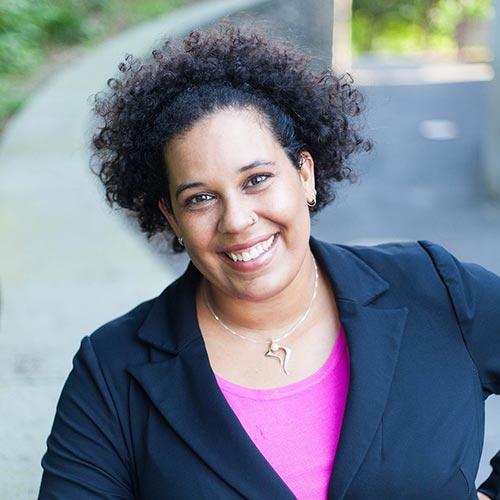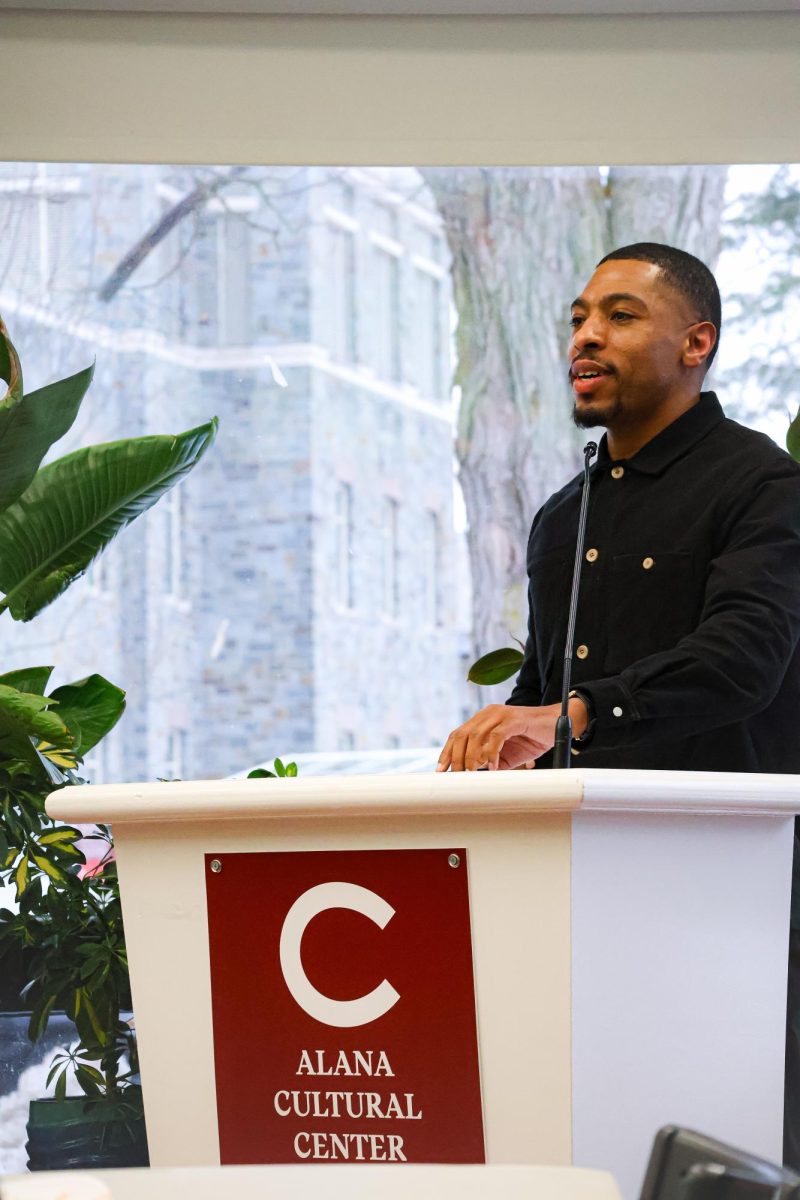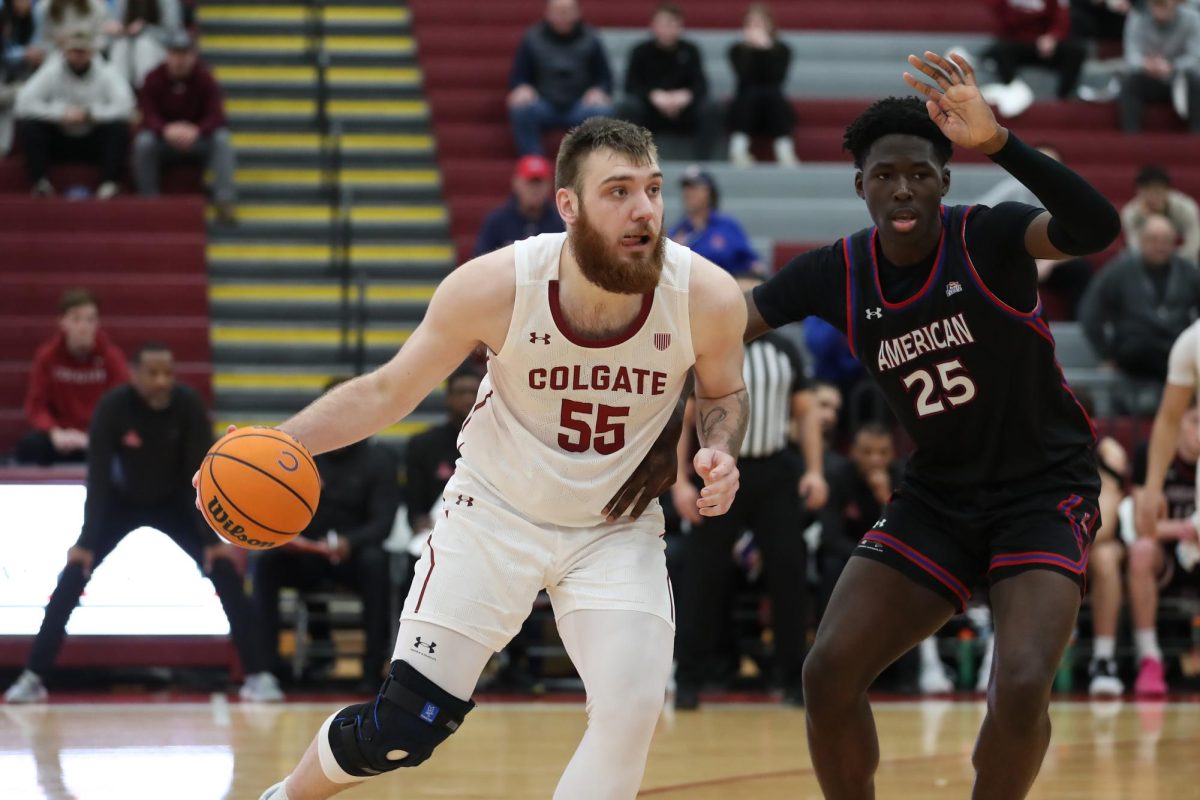The sociology and anthropology department hosted Alicia Simmons, associate professor of sociology and anthropology at Colgate University and a vice president at Hart Research, for a Feb. 5 lecture focusing on the quantitative research she conducted leading up to the 2024 presidential election.
She began her lecture, titled “Applied Sociology in the 2024 Elections,” by describing sociologists’ work of surveying individuals’ perspectives to better understand the wider public opinion and the issues most important in society. Simmons gave the audience perspectives from both the pollster and the typical person reading about poll data in their newspaper. She explained that when polling the public, sociologists should ask questions in order to extract accurate and unbiased information. On the other hand, readers should ask themselves questions as they interpret the data provided by pollsters.
“Who are the pollsters? Who conducted this poll? Who paid for the poll?” Simmons said.
Using cigarette companies as an example, she explained that they might want to keep hidden or portray certain data out of context, which can be used to sway our knowledge of public opinion or experience. Additionally, pollsters can influence responses by asking questions with specific wording, which is more likely to lead interviewees to a desired answer.
With this basic background in sociology and polling, Simmons introduced some of the key public opinion metrics taken up to the 2024 election.
“Sociologists care about the relationship between history and biography,” Simmons said. “Where we are in the moment fundamentally shapes what people will see.”
She explained that public opinion polls taken around the time of Sept. 11, 2001, have to be looked at in the context of how people’s perspectives shift in the aftermath of such a tragedy. When surveying the public on their opinions of the presidential candidates to make election predictions, results have to be analyzed in the broader context of scandal, world events or other hugely influential factors.
Simmons demonstrated that pollsters knew the 2024 presidential election would be close between Kamala Harris and Donald Trump. Using the measure of favorability, polls showed that both candidates were viewed equally unfavorably. Simmons explained that numbers within a five-point difference are considered equal. According to the polls, 51% of the public did not favor Trump, while 50% did not favor Harris.
Simmons then described how these metrics could be put into the context of how the public sees the country’s trajectory. Only 27% of people thought the country was doing well, while the rest were disappointed with its performance. A sociologist might then use this data to explain why the population votes a certain way. For example, people who believe the economy is not doing well might be more likely to vote for a Republican candidate.
Sophomore Libby Stearns, a sociology major who is also interested in exploring political science, attended the lecture as an extra credit opportunity for one of her classes. She is looking at exploring the influence of socio-economic status on the rise in populism in right-wing U.S. politics as a research project for one of her classes.
“It kind of confirmed my idea that the Democrats aren’t necessarily listening to what’s going on. They are in their own world,” Stearns said.
Here, she suggested that the party is not making the best use of public opinion polls in informing their actions leading up to and in the wake of the 2024 presidential election.
First-year Megan Sweatt attended the Wednesday lecture out of curiosity to learn more about a new subject and become more informed about current politics.
“The range of questions asked and how they can be compiled was interesting,” Sweatt said. “I want to hear more about how different pollsters and polling organizations interact with each other because she said that they don’t really share data.”















